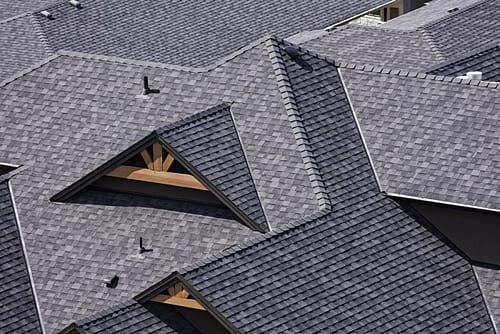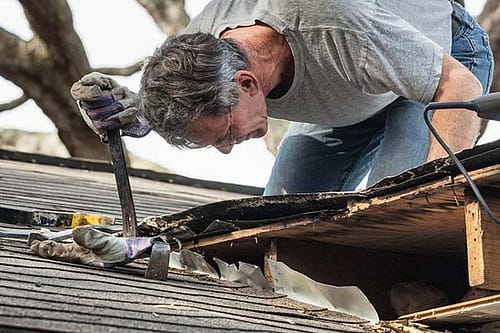Do you have a thatched roof on your home? Then you have to maintain it well to keep it in good condition for as long as possible. Have you just bought a house with a bad thatched roof or have you not properly maintained your thatched roof? Then it is possible to restore your thatched roof to restore it to its former glory. The restoration of a thatched roof is often quite complex, so it is best to leave this to a roofer. In many cases, a roofer will choose to cover the current thatched roof when restoring a roof.
Cover or new?
Many people think that a poorly maintained thatched roof must be replaced. In many cases, however, this is not the case at all. It is often just possible to opt for covering instead of a completely new thatched covering. Covering even has a number of advantages compared to installing a new thatched roof. The current roof has already proven itself qualitatively.
These roofs are often of above-average quality and therefore a waste to completely demolish. In addition, when demolishing such roofs, a lot of rubbish is often released and in addition to that, the reed must be taken to a disturbance location. Covering a thatched roof has the great advantage that the roof can withstand the coming ten to fifteen years.
How does cover work?
When covering a thatched roof, work is always done from bottom to top. The current reed is partly withdrawn, after which the outer layer is carefully cut from the reed stems. The old reed is then riddled with new reed to make the roofing firm again. To ensure that the new reed does not fall off the roof, steel wire is used to attach the reed to the hood. In this way, a roofer prevents your roof thatched roof from having to be replaced in the shortest possible time.
Lightning protection for thatched roofs:
There is a good chance that you are afraid that lightning will strike your home. If this is the case, the power will fail and in the worst case, it is even possible that your home will catch fire. Many people think that this is unavoidable, but that is wrong. There is special lightning protection today. Because of this protection, the chance of lightning strikes is a lot smaller and this increases the safety of your home when it thunderstorms. Lightning protection is particularly recommended if you have a thatched roof.
Fire sensitive:
The vast majority of people have roof tiles on their homes, but of course, there are people who have their roof covered with thatch. This is a natural material that can blend into nature. The disadvantage of a thatched roof is that it is particularly fire-sensitive. If your home has a thatched roof and lightning strikes, there is a good chance that a fire will start afterward.
Security:
To reduce the risk of fire due to lightning strike, you can choose to apply for lightning protection on your thatched roof. This security system greatly reduces the chance of lightning strikes. However, it is not always necessary to place lightning protection on a thatched roof. To be sure whether or not it is necessary for you, it is advisable to contact a roofer. He can tell you exactly what the chance is of a lightning strike and whether your roof is extra sensitive to a lightning strikes. If the roofer finds that it is wise to provide protection against lightning, it is advisable not to ignore his advice.




